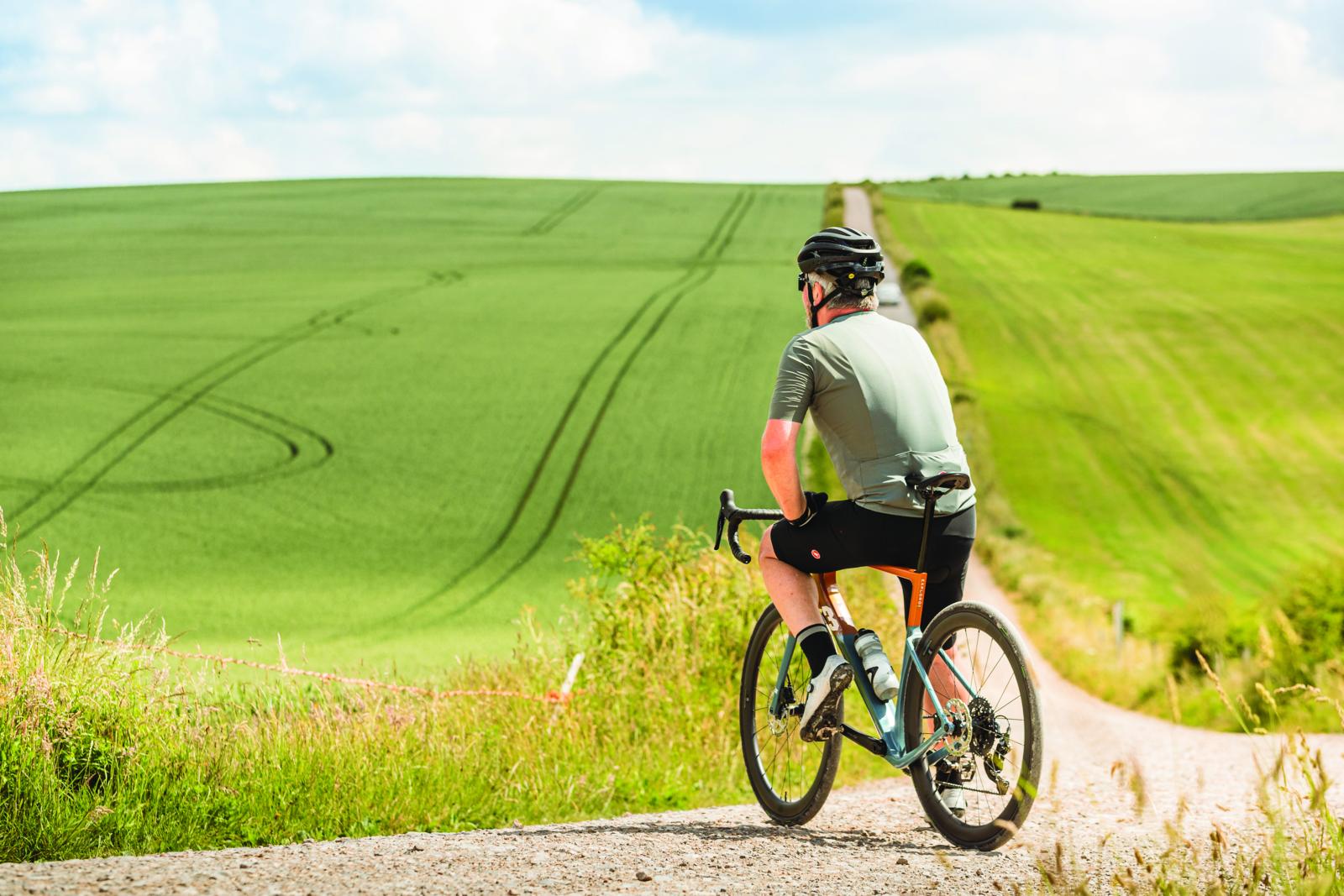Lapierre’s original 2015 Pulsium introduced the company’s Shock Absorption Technology (SAT), which interrupted the top tube with a combination of three elastomers to damp road vibrations and offer comfort over cobbles; it was developed with the FDJ team for the Classics.
- The Lapierre Pulsium is one of our key bikes for 2018. We've collated eleven bikes that we believe you should know about in the coming year. Some are super bikes, while others might display great value for money, but they all have one thing in common — they're all important bikes that show how incredibly varied road and mountain biking is today.
The latest generation bike for 2018 strips back the elastomer to a single piece, while increasing the compliance over the previous version and lightening the overall frame. Lapierre also claims that a combination of the new frame design — curvier and more slender than the previous model — has increased stiffness through the bottom bracket, head tube and chainstays to make the bike a more capable racer’s machine.
The balance of the bike has also been considered, as Lapierre felt that mounting the Di2 battery inside the seatpost put weight at the top of the bike, which it claims can upset the feel.

The Pulsium, and Lapierre’s other range-topping race bikes, get the company’s ‘Trapdoor technology’ design. A removable door sits under the bottom bracket shell to slide in your Di2 battery. Putting mass at the bottom, Lapierre claims, will also improve handling and help you save energy.
The bike is shaped for a ride position at the racy end of things. It’s comfortable when riding up on the hoods and aggressive enough when down in the compact drop of the excellent Zipp carbon bar. The cockpit is completed with Zipp’s top of the line all-carbon SL Speed stem for just the right amount of exotica on a premium bike.

On the road Lapierre delivers what it promises — a fast-accelerating race machine. The gearing of 50/34 and 11-30 cassette, which new Dura-Ace allows for, marks it out as a bike put together for the climbs, the low overall weight and light Mavic Ksyrium carbon SLC wheels (1,390g a pair) also make the 900 a mean ascending machine.
The stiffness through the bike’s lower half means it responds to hard climbing and sprinting efforts with superb immediacy, and not how you would imagine a bike infused with comfort-giving flex in its design. Over rougher surfaces you do get plenty of buzz-nulling compliance.

Like the other Di2-equipped bikes here, the Ultimate never puts a foot wrong in the shifting stakes, and the Dura-Ace rim brakes combine superbly with the Ksyrium’s new iTGMax brake track, which exudes a pleasing hum while never getting screechy like the Exalith brake track. The wet weather brake performance of the Ksyriums is up with the best rim brakes around, and overall I came away seriously impressed with these latest Mavics and the tyres they’re wrapped in.

All of the confidence-inspiring braking and grip from the tyres make the Pulsium a decent descender. Up front the Pulsium smooths out the roughest of surfaces through the front end but can get knocked off line from harder ruts and potholes.

The Ultimate 900 can mix it with the best when it comes to sprint responses, but it’s more a bike for endurance riders than speedsters. Where Lapierre should be praised is for putting together a superbike with all the trappings of top-end components and chassis at a price that’s a lot less than its rivals.
BikeRadar would like to thank Brittany Ferries, the Commune of Peille, France, and Kieran Page at La Maison des Activities de Pleine Nature de Peille for their help and support during our Headline Bikes test.







